The Romanian Railway Safety Authority (ASFR) has authorized, for the first time in Romania, the commissioning of the structural subsystem "control-command and terrestrial signaling" specific to ERTMS systems, located on the Buftea - Brazi (north of Bucharest) distance, between km CFR 15 +336 and km CFR 50+180, declared for AGERPRES the director of the institution, Petru Bogdan.
"The Romanian Railway Safety Authority evaluated the documentation submitted by CFR - SA regarding the interoperability of the railway system and issued the respective authorization to the applicant. This structural subsystem has been modernized within the framework of the operational pilot project for ETCS / ERTMS application, level 2, by equipping the respective distance to which we have referred, with specific installations executed under the conditions of a recently rehabilitated section of line, allowing the movement of travel trains with a speed of up to 160 km/h. The project had as motivation the need to ensure the compatibility of the CFR network with the European System for Railway Traffic Management (ERTMS), a system aimed at harmonizing the signalling and communication on railways throughout Europe, respectively guaranteeing a common standard that allows trains to run uninterruptedly between different countries, thus facilitating the competitiveness of the railway sector," said Petru Bogdan.
According to the source, CFR SA is to carry out the works related to the commissioning also on the western Curtici border distance, up to km 614. For his part, Robert Pestrea, a service head in the Infrastructure Department of ASFR, stressed that the use of the ERTMS system will be able to be felt at the level of the travellers when it is extended to the CFR railway network, and the trains will also be equipped with ETCS installations on board.
Petru Bogdan stressed that such a system was installed within the pilot project on six of the existing locomotives belonging to the operator CFR Travelers, vehicles that were used for testing, but drew attention to the fact that such equipment of the old type locomotives can mean a fairly high expense in relation to the benefits.
Regarding a potential increase in speed in the movement of trains following the implementation of the ERTMS system, the ASFR team showed that it is implicitly conditioned by the technical condition of the railway infrastructure, not only by the installations, being a combination of factors.
Robert Pestrea warned that when the ERTMS level 3 system will be implemented, which is intended, the classic trains that run today through Romania will no longer be able to run on certain parts of the network, especially the modernized ones.
"The European Commission encourages through funding to happen this. If we maintain the infrastructure in this way, we maintain it on our own responsibility. At the moment, both the newly introduced ERTMS level 2 system and the classic system are maintained. Or, from this point of view, referring to the maintenance of this equipment, things are a little more difficult. The level 3 ERTMS system, i.e. what is trending towards the future, involves removing this equipment from the track and maintaining only the ETCS ones, respectively those exclusively ERTMS. At that moment, the classic trains that circulate today through Romania will no longer be able to run on such an infrastructure, because on the railway network the elements in the way would no longer be compatible with those on board," Pestrea said.

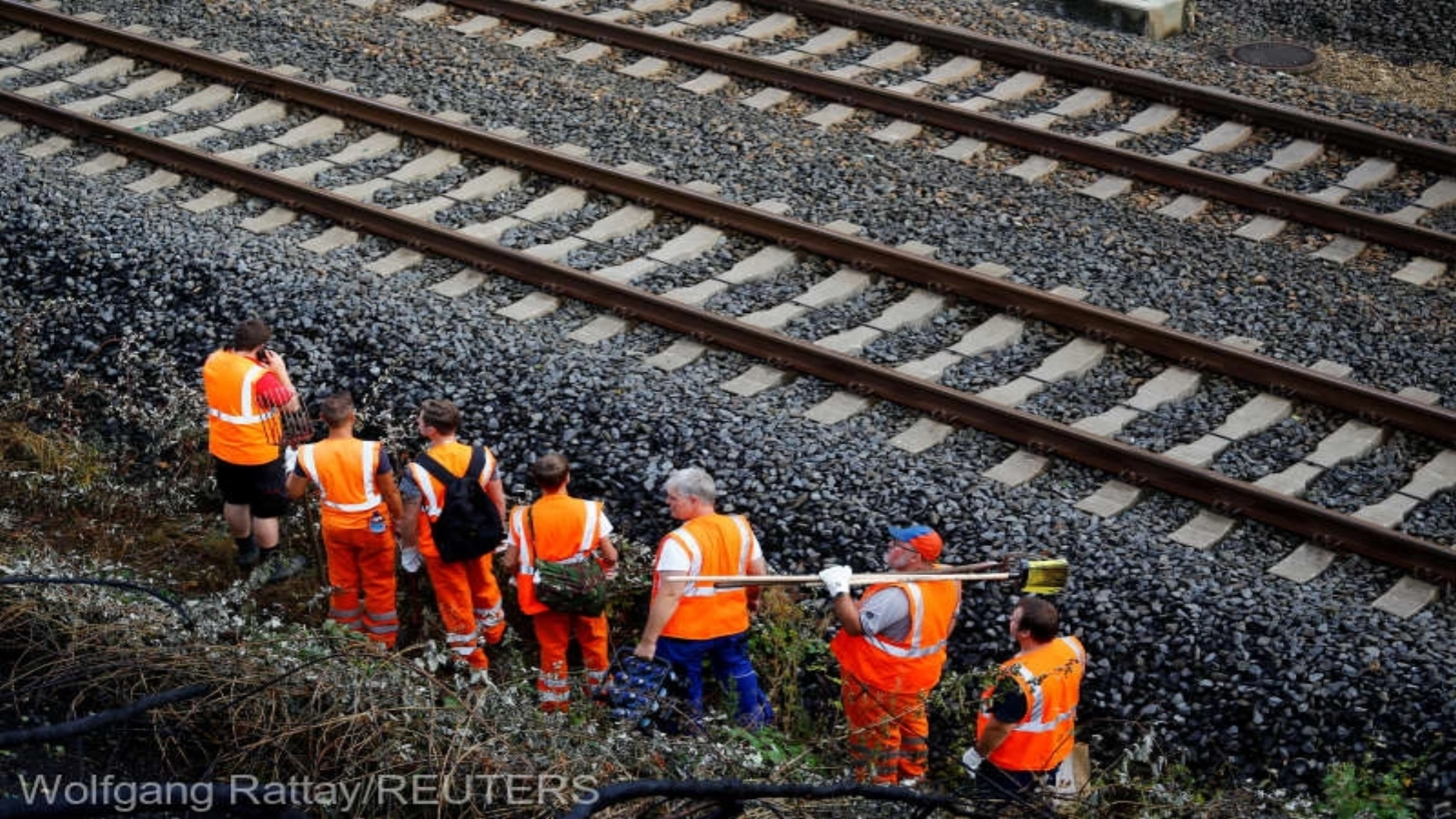



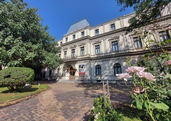
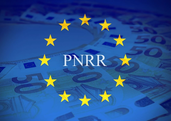



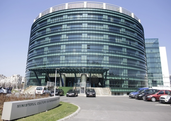


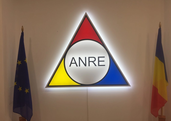

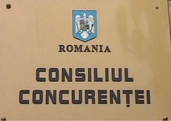






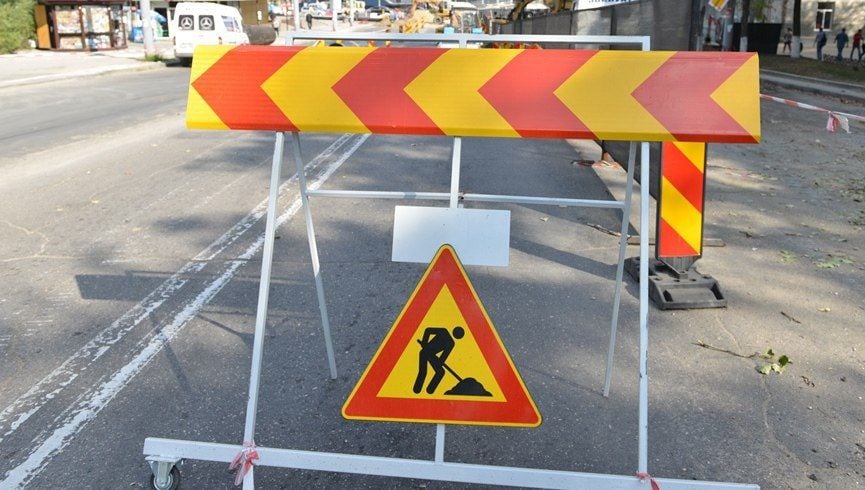








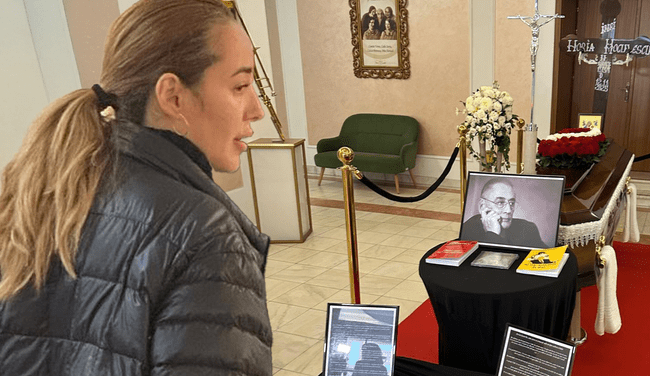

Comentează